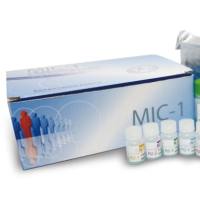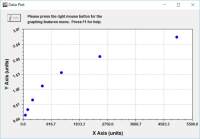Diagnosis of Infection
互联网
643
With the advent of effective vaccination strategies, life-threatening Haemophilus influenzae infections are now rare in developed countries (1 ). However, H. influenzae can still cause infection at a variety of anatomical sites, especially the upper and the lower airway. For this reason, adequate diagnosis of H. influenzae infections remains important. Classical microbiological diagnosis relies on growth on blood-based agar media, including chocolate agar or brain heart infusion (BHI) agar supplemented with Levinthals blood, hemoglobin, or hemin. In addition, H. influenzae can be distinguished from its closest relatives because it is incapable of producing porphyrin (2 ). Modern developments allow for testing without a cultivation step. The most direct and simple way of detection and identification without culture is provided by commercially available latex agglutination tests (2 ). Antibody-coated latex particles are mixed directly with clinical samples and agglutinate if H. influenzae is present. Sophisticated means for direct H. influenzae detection and identification are now available in the medical microbiology laboratory, including immunological and molecular methods. They include specific DNA probing and ultrasensitive nucleic acid amplification. This chapter surveys several of the more frequently applied culture-based, immunological and molecular approaches to diagnosis.









